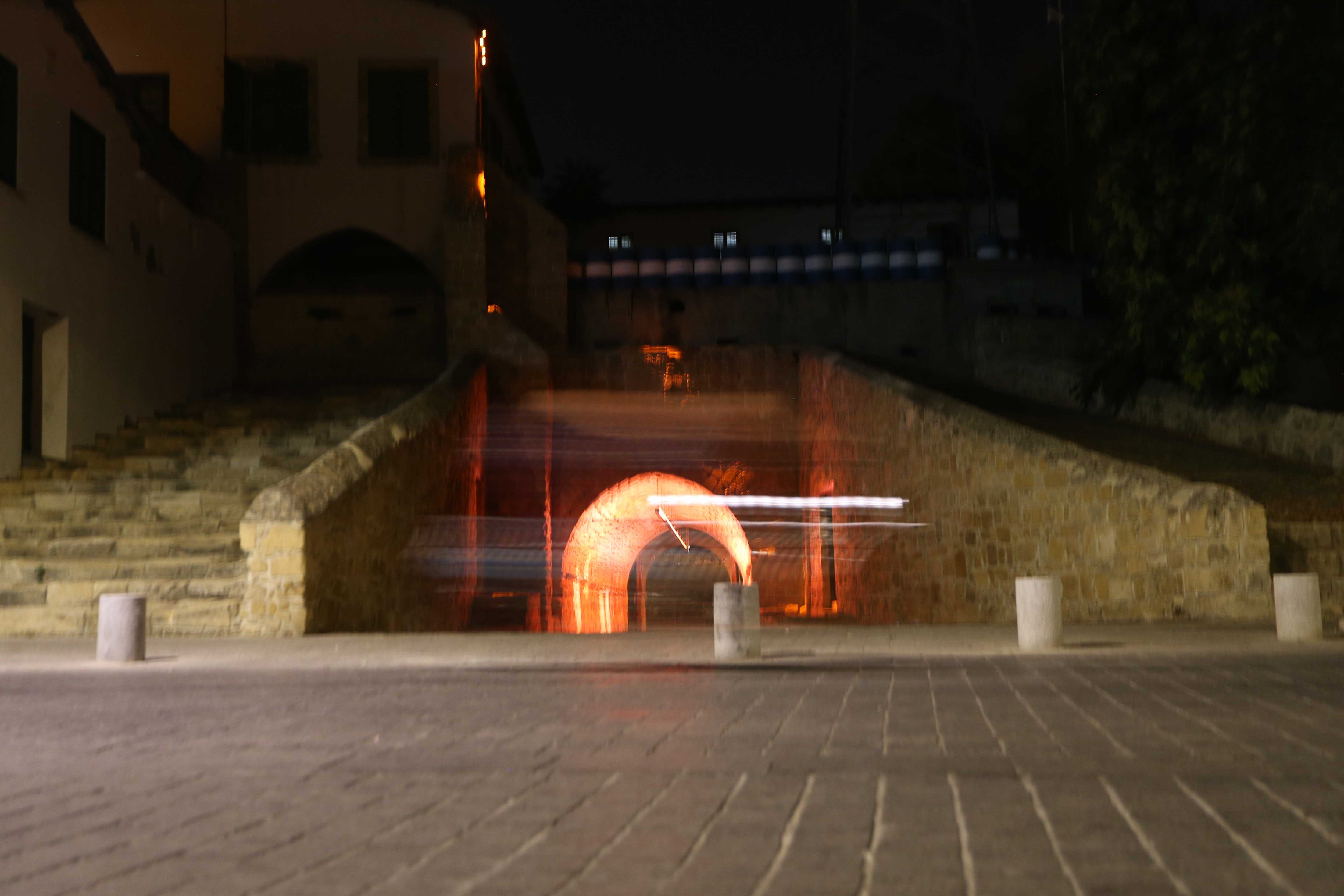Works for the redevelopment of the Paphos Gate archaeological site in Nicosia with the aim of integrating the area into the rest of the city and people’s everyday lives, are expected to be completed within the year, the transport ministry said.
A tender competition has been announced for “highlighting the archaeological site of Paphos Gate” so that it functions as “a living multipurpose space in the centre of the capital.” Works are expected to start in July and be completed within the year.
The project “aims to promote archaeological finds through an experiential narrative of the history of the capital, from the Middle Ages to the present day.”
Archaeological excavations have uncovered one of three Venetian-era access points to Nicosia within the walls. The building material in second use, used for the construction of the access, from previous Gothic and other buildings highlights the importance of the area before their demolition in 1567 for the construction of the defensive work of Giulio Savorgnano, it added.
The transport ministry said that archaeological research at the site “highlighted the timeless historical significance of Paphos Gate, as access to the walled city of Nicosia from the Venetian period.” The discovery at the site of the foundations of the Arab Ahmet aqueduct which supplied water to the city also highlight the role of the area during the Ottoman period, it added.
The project concerns the construction of a pedestrian bridge over the antiquities which will offer visitors a tour of the site. The structure will unite Egypt street with the Paphos Gate portico and exit toward Rigenis street.
Metal arches simulating the Ottoman era aqueduct’s arches which had been demolished in the past, are to also part of the plans. The aqueduct’s foundations have been rescued, the transport ministry said.
Retaining walls for protection against slip landslides and for protection of pedestrians and safety railings, the installation of lighting fixtures and benches are also part of the redevelopment plans.
Costs are estimated at €160,000 excluding VAT. The architectural study for highlighting the importance of the site as an experiential museum of the history of the city and its integration in the city’s daily operation and infrastructure was carried out in cooperation with the Cyprus Institute.
The implementation of the project was initially prepared within the framework of the EU Structural Funds of the European Union for the Nicosia Green Line rejuvenation programme.







Click here to change your cookie preferences